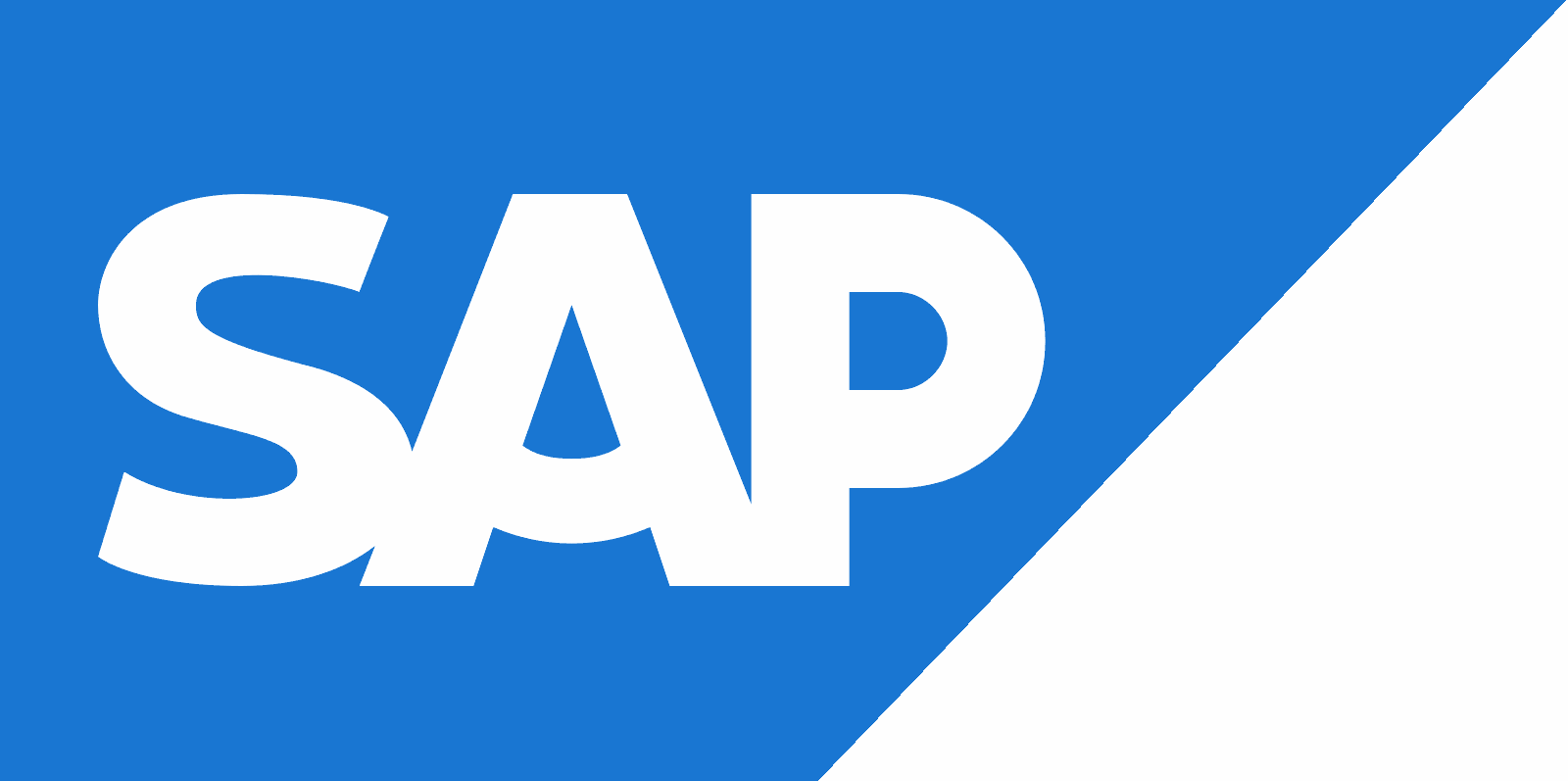CircleCI CI/CD Solution Boosts Security, Insights and Ease of Installation
CircleCI Server 3.2 is increasing privacy, efficiency, and collaboration across teams with end-to-end control over their CircleCI installation. The update comes as organization increasingly prioritize cybersecurity and governance.

CircleCI is enhancing its server side CI/CD platform with a rich new set of capabilities, including technologies to secure and monitor installs.
With CircleCI Server 3.2, customers host services and applications in their control plane, which keeps all information within their private network, said CircleCI's chief product officer, Apurva Joshi. He added that the latest features aim to increase privacy, efficiency, and collaboration across teams, especially useful for teams that require high governance and compliance.
Circle Server 3.2 runs on a company's own infrastructure. For ease of use and installation, CircleCI's server function bolts onto customers' pre-existing workflows.
Among CircleCI Server 3.2's notable features are:
Users can achieve the strictest security, compliance, and regulatory requirements with end-to-end control over their CircleCI installation. Users will have additional installation options to secure installation environments, including HTTP proxy and SSL termination.
Self-hosted customers get a full cloud experience. Users can benefit from the same features as those using CircleCI's cloud offering. Users can access such CircleCI cloud features as orbs, scheduled workflows, matrix jobs, among others. In addition, engineering teams can scale under load and run multiple services simultaneously, all within an individual's Kubernetes cluster and network.
CircleCI Server 3.2 allows teams to automatically leverage multiple core services at once within private networks and ensure deployment redundancy.
Users also get flexible hosting options to run their installations on Google Kubernetes Engine (GKE), Amazon Elastic Kubernetes Service (EKS), or a native Kubernetes installation.
For deeper visibility, users can access CircleCI's insights API and larger resource classes. CircleCI's insights API, powered by some 2.5 million daily jobs, provides a detailed look at the health and usage of users' repository build processes. Metrics can be captured on time-series data, pipeline duration and other pertinent engineering data, Joshi noted.
Users can also create a complete picture of their software delivery tools environments thanks to integration into existing infrastructure monitoring solutions such as Datadog, Splunk, ELK stack, and more.
CircleCI's latest server release is well-suited for teams with in-house DevOps and Kubernetes expertise, have their own data centers, or have other highly custom needs that can't be served elsewhere.
CircleCI server can be run on Google Kubernetes Engine (GKE), Amazon Elastic Kubernetes Service (EKS), or a native Kubernetes installation.
MLOps platform provider Modzy is an adopter of CircleCI.
"Not only do we use CircleCI's self-hosted solution as part of our own DevOps processes, but we've also integrated it with our MLOps pipelines to ensure easier and faster model deployment," said Nathan Mellis, Modzy's head of engineering.







